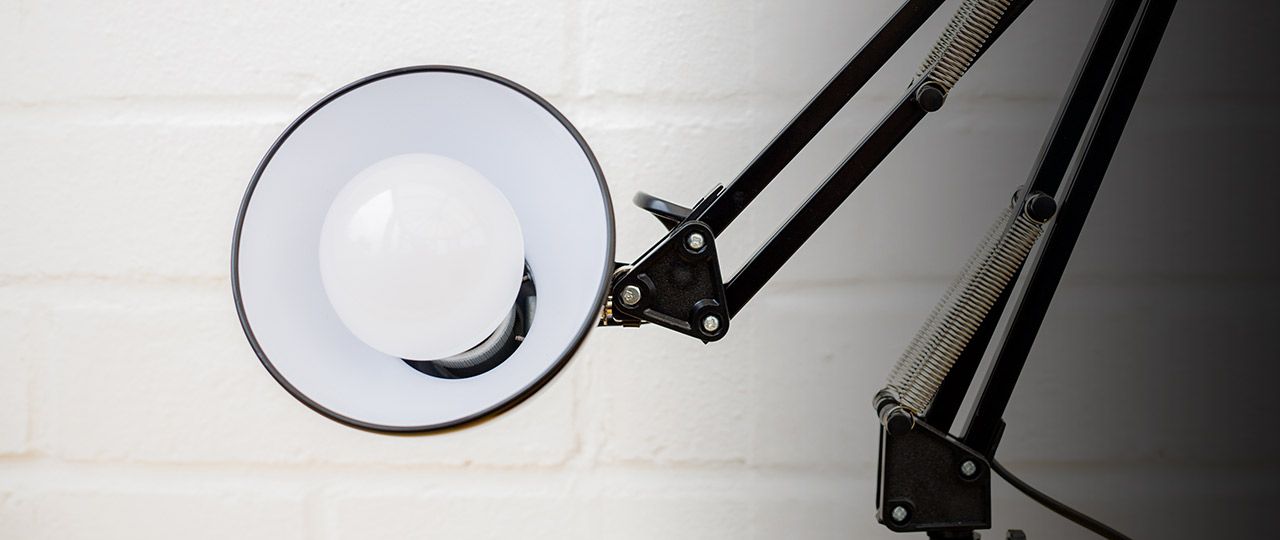
To help celebrate Clerkenwell Design Week, we select our top 5 British interior design classics covering everything from furniture to fabrics.
Clerkenwell Design Week (May 23-25) showcases the best of new design. To help celebrate the event, we’ve selected the most iconic British designs to grace our homes, from everyday chairs to highly-desirable garden furniture.
Robin Day's Polypropylene stacking chairIt might look like an old school chair (which it is), but this simple piece of furniture is a design classic and has become the best-selling chair in the world. It’s so popular that John Lewis partnered with the original manufacturer Hille to relaunch it recently in its original colours – orange, charcoal and light grey.
Designed by Robin Day in 1963, it used injection-moulded polypropylene for the first time in furniture to create a chair that was cheap to make, versatile and hard-wearing. Officially titled the 675 chair, its biggest feature was that it could be stacked – ideal for classrooms across the country. An armchair version appeared just a few years later.
The Architect's Journal describes the chair as the “most significant development in British mass-produced chair design since the war”. It proved so popular that it left the classroom and ended up in canteens, homes and even Mexico City's 1968 Olympic stadium.
Anglepoise LampsThis design classic has been much mimicked, adapted and altered – but has never fallen out of fashion. While the lamp was first introduced to British homes in 1935, the technology that made it possible was invented way back in 1855. It was at this time that family firm Herbert Terry and Sons started creating the unique springs that would become a key part of the lamps.
And it was a car designer - George Carwardine - that united these springs with his desire for a task lamp that could combine flexibility and balance. In 1933, Carwadine had developed a concept using springs, cranks and levers for the lamp. The springs provide what is called ‘constant tension’, allowing them to be moved and held in position.
After some design tinkering to make it more suitable for the domestic market, the Anglepoise Original 1227™ was launched in 1935 – the archetypal Anglepoise lamp.
Dualit ToasterWhile not actually designed by a Brit, German-born designer Max Gort-Barten lived in England for much of his life, fought for the British Army in World War 2 and designed and built the Dualit toaster in a factory in Camberwell.
A keen inventor and mechanic, Gort-Barten first came up with a Dual-Light electric fire. It’s from this creation that the name of the company - Dualit – came. The toaster came later in 1952, and was aimed at the commercial market. Holding six slices, this piece of equipment might have been big but the design has remained pretty much the same since then.
It wasn’t until the late 70s and early 80s that the toaster became the desirable consumer item it still is today. Max's son Leslie helped push the kitchen appliance into the mainstream and it became so popular that in the 80s the company was forced to extend the factory twice over.
The Lutyens BenchSir Edward Lutyens was one of the great British architects of all time, with his work showcased as far afield as Delhi – no mean feat back in 1900.
He was part of the growing Arts and Crafts movement, which is reflected in his iconic design for the garden bench. This design was also influenced by his partnership with garden designer Gertrude Jekyll.
The bench - traditionally made in teak - combines carved backrests and signature scrolled armrests. Its iconic design is now much copied and few of the original pieces survive. You can find one, though, if you pay a visit to Little Thakeham, near Storrington in West Sussex.
TartanFew textiles designs are as iconic as tartan and have managed to stand the test of time as well. Not only is it still used on furniture, cushions and throws but it remains a mainstay in fashion.
The basic design of two or three colours overlaid in a check pattern has been around for hundreds of years in the Highlands of Scotland. The designs grew as clans grew – each new generation adding a new colour or overlay to the original pattern.
It was taken up by royalty as far back as 1471, when King James III wore it. But after the Battle of Culloden in 1746, London attempted to ban the fabric and by 1785, it was all but a lost art.
Then, in 1822, the great tartan revival came about. George IV was visiting Edinburgh at the time and suggested that those attending official functions should wear their tartan. As much of the original tartans had been lost to time, new ones were invented.
Since then, it has grown outside of its clan roots to be one of the most used fabric designs across the world.
Discover some stunning interiors with these properties for sale
